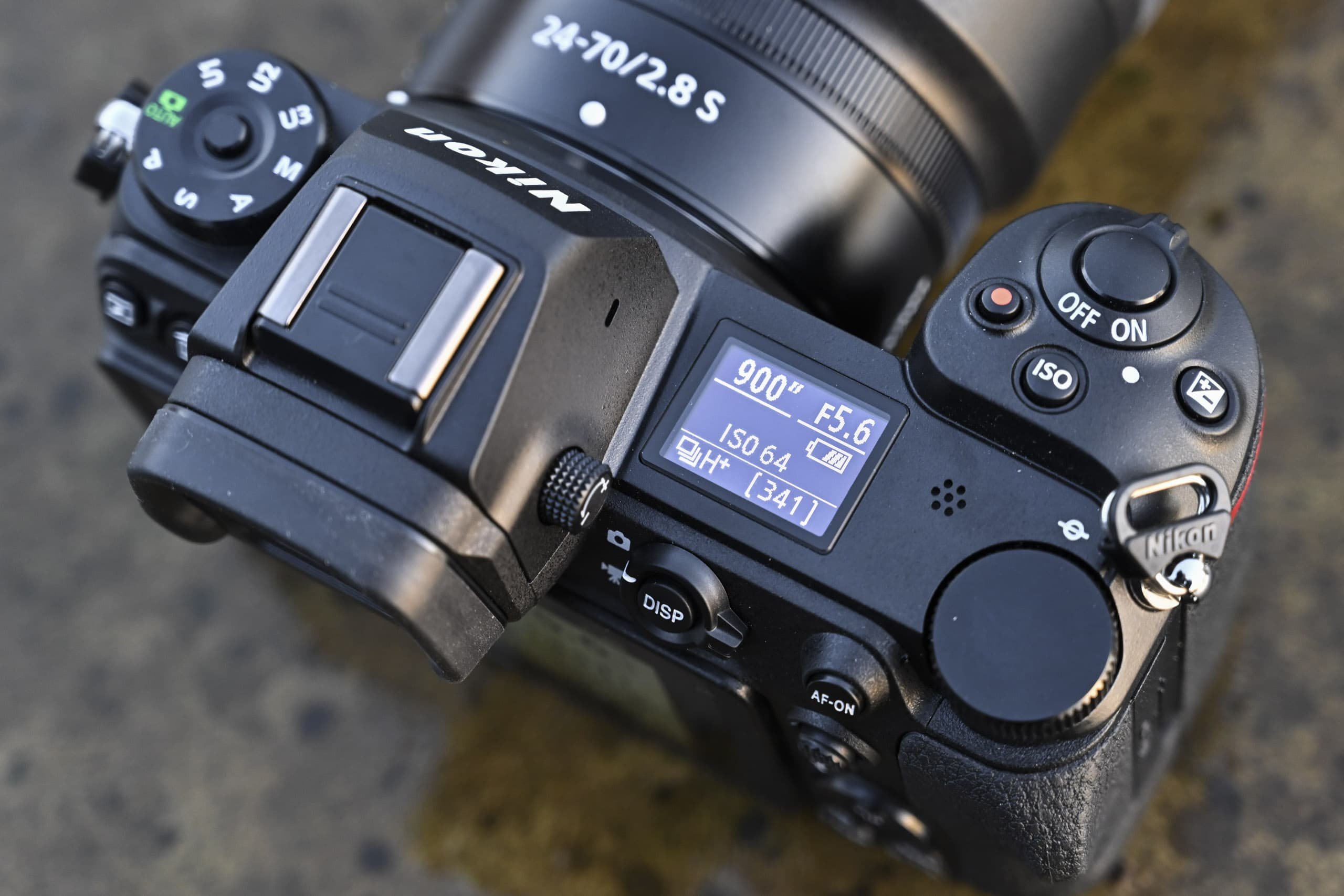In the fiercely competitive world of full-frame mirrorless cameras, iteration is the name of the game. A product that arrives as a quiet refinement rather than a loud revolution can often be the most significant. The Nikon Z7 II is precisely that camera—a sophisticated and powerful response to the feedback on its predecessor. It’s not a ground-up redesign, but a meticulous enhancement of an already excellent platform, aimed squarely at professionals and serious enthusiasts who demand uncompromising image quality and a more robust workflow.

Performance: The Dual-Processor Difference
At the core of the Z7 II lies the same spectacular 45.7-megapixel backside-illuminated sensor from the original Z7, and that’s a good thing. It continues to deliver breathtakingly detailed images with vast dynamic range and superb low-light performance. The real upgrade, however, is what’s driving it. Nikon has equipped the Z7 II with dual EXPEED 6 processors, and this change is felt everywhere. The camera is simply more responsive. The continuous shooting speed gets a bump to 10 frames per second, but more importantly, the buffer is now dramatically deeper, allowing you to capture far more consecutive shots in RAW.
This dual-processor power also fuels a more capable autofocus system. While the Z7 was good, the Z7 II is better. Subject acquisition is faster, and the introduction of Eye-Detection AF in Wide-Area AF modes is a welcome addition for portrait photographers. It tracks subjects with greater tenacity than its forerunner, though it can still occasionally lose focus in cluttered scenes where top-tier systems from Sony and Canon might hold on. It’s a massive improvement and confidently reliable for most professional work, but it hasn’t quite leapfrogged the competition in the specific area of “sticky” subject tracking.

Design and Build: If It Ain’t Broke…

Nikon’s greatest strength has long been its ergonomics, and the Z7 II proudly carries that torch. The camera feels fantastic in the hand, with a deep, sculpted grip that provides a secure hold, even with larger Z-mount lenses. The build quality is exceptional, featuring a robust magnesium alloy chassis and extensive weather sealing that inspires confidence in harsh conditions. Button layout is logical and familiar to any Nikon shooter, allowing for intuitive control without taking your eye from the viewfinder. Speaking of which, the 3.69-million-dot electronic viewfinder is large, bright, and wonderfully clear, offering a true-to-life preview of your final image. The tilting rear LCD is sharp and useful for high- and low-angle shooting, though the lack of a fully articulating screen may disappoint videographers and vloggers.
Features That Matter
The single most important upgrade on the Z7 II is the addition of a second card slot. This was the Achilles’ heel of the original, and its correction here is a game-changer for professionals. The camera now accepts one CFexpress (Type B) / XQD card and one UHS-II SD card, providing the essential options for backup, overflow, or sorting files in-camera. This feature alone makes the Z7 II a viable tool for mission-critical work like weddings and events. Video capabilities also see a notable boost, with the camera now able to record 4K video at 60p (albeit with a slight 1.08x crop). Combined with 10-bit N-Log output over HDMI, the Z7 II becomes a much more versatile hybrid shooter. The 5-axis in-body image stabilization remains excellent, providing up to five stops of compensation for sharp handheld shots at slow shutter speeds.

Value and The Final Verdict
The Nikon Z7 II is an unapologetically high-resolution workhorse. It’s not designed to be the fastest sports camera, but a master of detail. For landscape, architectural, studio, and portrait photographers, its blend of phenomenal image quality, class-leading ergonomics, and now-professional feature set makes it a compelling choice. While it may not lead the pack in every single metric—particularly autofocus tracking—it presents a beautifully balanced and incredibly capable package. It’s the camera the original Z7 should have been, rectifying its few shortcomings to create a polished, powerful, and utterly dependable tool for creative professionals. If you value meticulous detail and a camera that feels like an extension of your hand, the Z7 II is one of the finest you can buy.
Where to Buy:
Nikon Z7 II Quick Summary
Key Scores:
- Value: 88%
- Design: 95%
- Performance: 94%
- Quality: 93%
- Popularity: 90%
Top Pros
- ✅ The 45.7MP sensor produces exceptionally detailed and vibrant images.
- ✅ Dual card slots provide essential workflow flexibility and backup.
- ✅ Superb ergonomics and robust build quality inspire confidence.
- …
Key Cons
- ❌ The autofocus system is not quite as tenacious as its rivals.
- ❌ A tilting screen lacks the versatility of a fully articulating display.
- ❌ Recording 4K video at 60p introduces a slight image crop.

















